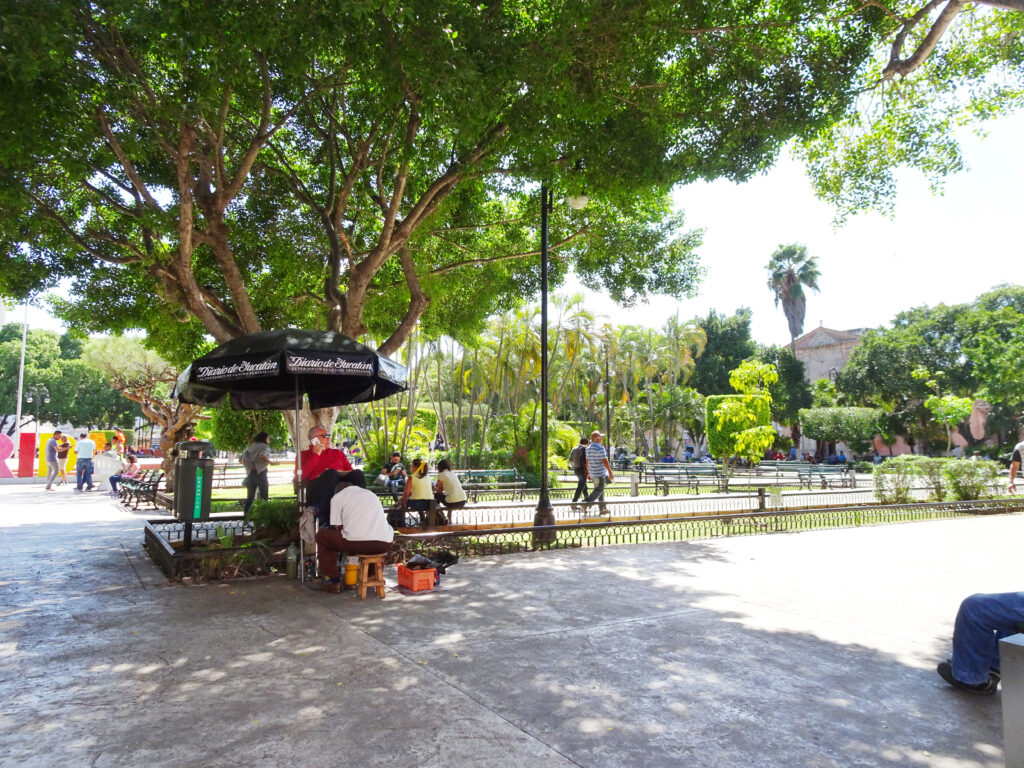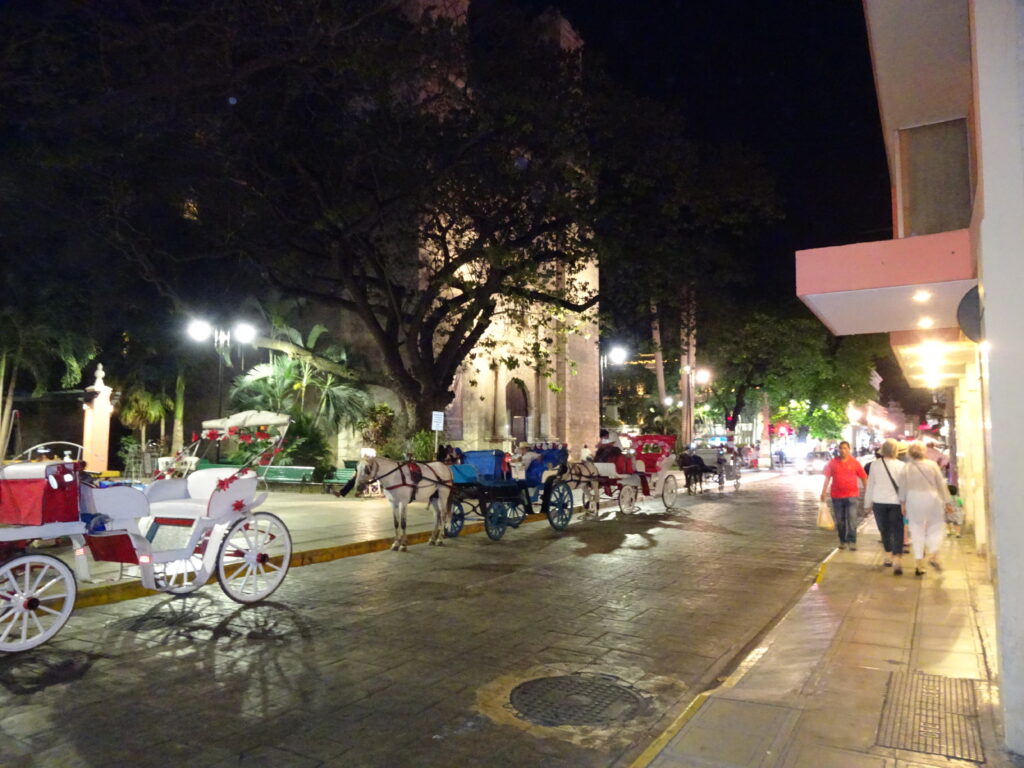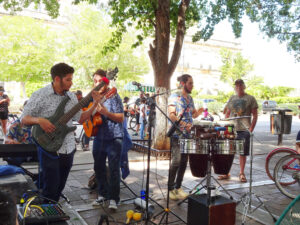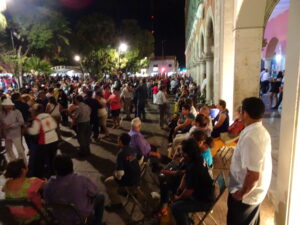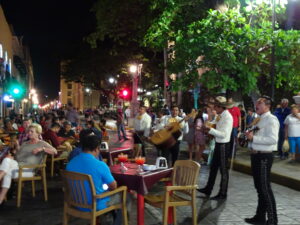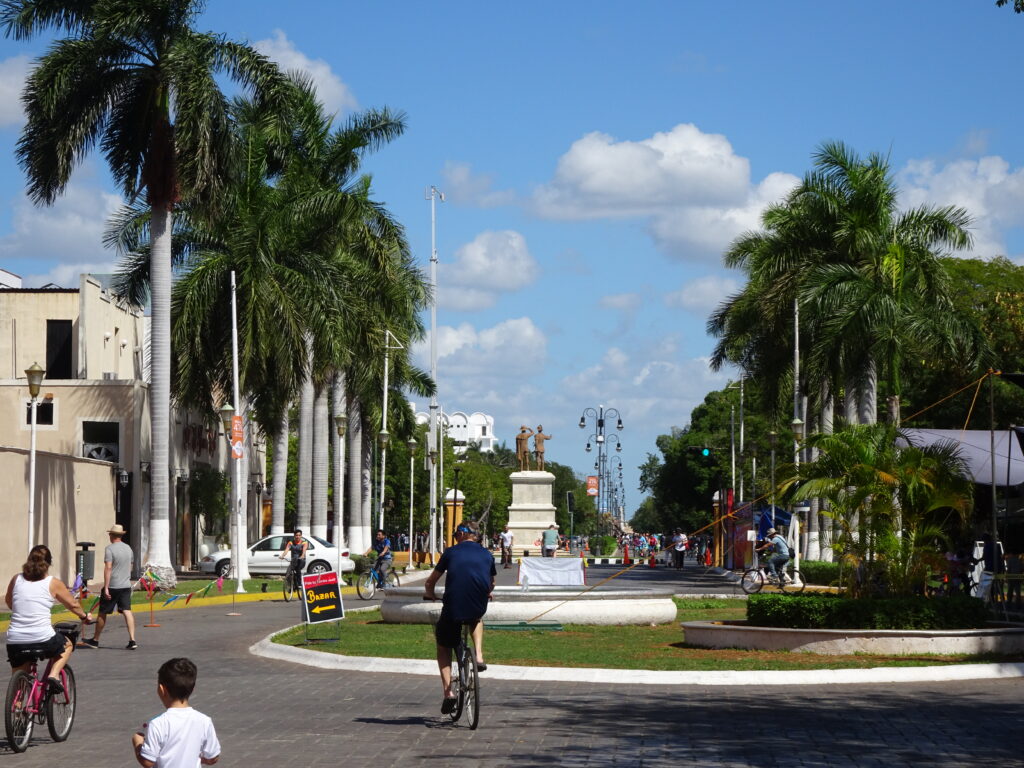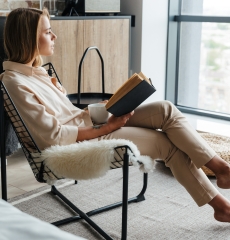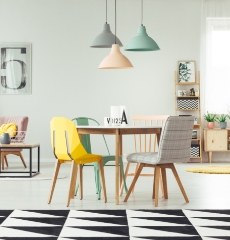Community Squares – Merida, Mexico
Central Squares are the Heart of Vibrant Cities
Latin culture is wonderfully social. The practice of gathering in public spaces to socialize is ingrained in their daily lives. Community squares are designed into their cities to serve as their social and cultural heart.
The activation that North American place makers work to cultivate, naturally occurs in central Zocalos (squares) of cities throughout Central and South America (the warmer weather helps too!). The cities and towns are designed to encourage and accommodate social gatherings. North American cities are learning from this; creating public squares, pocket parks, pedestrianized streets and then programming them with purpose. People in our cities are now embracing the idea and enjoying the experience more and more.
Merida Magic
Downtown Merida, Mexico is an excellent example of a city with vibrant public spaces. Their large and well designed central Zocalo is a multi-purpose space. Aesthetically pleasing with massive trees for shade, it suits passive uses, and supports commerce with an ever-changing mix of entrepreneurs and vendors from ice cream and shoe shines to weekend artisan markets and myriad food vendors. Merida is not a tourism mecca like nearby CanCun; it does have a healthy stream of tourists, but the events and activities in the city centre are mostly geared to the local community, while also welcoming visitors.
We spent several enjoyable days there, and on the weekend the place was hopping. They closed down the streets adjacent to the Zocalo for markets and street parties. Live music abounds here. We listened to guitar, violin and flute playing buskers, strolling mariachi bands and a ten-piece Spanish group rocking out the street party. Everyone literally dancing in the streets! Hundreds of people of all ages having a great time eating, dancing, visiting and singing with nary a problem in sight.
On one side of the plaza there were cultural performances including a demonstration of the ancient Mayan ball game of Pok-A-Tok. This was fascinating because after seeing ball courts at various Mayan ruins we visited, it was enlightening to experience an interpretation of the ancient games that were played upon them.
Bicycles take over the Streets
On Sunday there was a network of streets converted from car use for a La Bici Ruta; car free Sunday. This is a worldwide movement that we experienced for the first time here in Merida, and again in Mexico City later. The idea is to promote a healthy and social lifestyle while embracing the use of alternate modes of transportation. One of the streets utilized was a major thoroughfare; the tree lined Paseo de Montejo, a grand old boulevard inspired by European ones like the Champs-Élysées in Paris. Outdoor cafes, live music, majestic sugar baron mansions of old and massive, stately sculptures set the stage for people strolling, relaxing and biking about. You could rent wheeled transportation ranging from roller skates to single or tandem bicycles, to four-wheeled, multi-person pedaled contraptions complete with shade roofs. We had brunch in a shaded, curbside café, enjoying a fantastic music trio and people watching for hours.
Lessons to Learn
As someone who has been working to activate public spaces at home in Canada for years, I took special note of many things that I felt we could learn from. It is painfully obvious that they are not as over regulated as we are. Businesses take possession of public spaces for their patios and merchandise. Most patios don’t have fencing around them as many of our cities require, ostensibly so people don’t trip over the tables and chairs; here people simply watch were they are going. I never witnessed anyone hurting themselves on the patio furniture. The powers that be are not overly paranoid and don’t try to idiot-proof everything; in my opinion we have become paralyzed by this attitude, obsessed by concerns over liability.
In my Opinion
As professional place makers we must continue to work with our local government to become partners with us, creating guidelines that allow vibrant public spaces. One of the best bits of advice shared with me about dealing with regulators was: not to ask “can we do this?” but to approach them with a plan and say “this is what we are going to do – how can you help us to make this work?” It makes the usual automatic “NO” very difficult for them and the idea of collaboration more enticing. We need these regulators as our partners; we do have the common goals of creating successful business districts and vibrant cities. Point this out and articulate the positive outcomes in monetary terms. What we do helps to attract business and increase property values, thus adding to the tax base available for them to work with. Money talks so talk money!
Update 2021
This was originally written pre-pandemic and one of the positive outcomes from the pandemic has been a relaxation of regulations to accommodate business use of public spaces; driven by the desperate need to support businesses in their quest to survive.
These gains are a good step forward that we must strive to hold on to, using them as a springboard to expand that collaboration, during recovery and beyond.
For my take on finding the silver lining post-pandemic, I invite you to read my blog>>> Silver Linings for Public Space Strategy
~ GP

